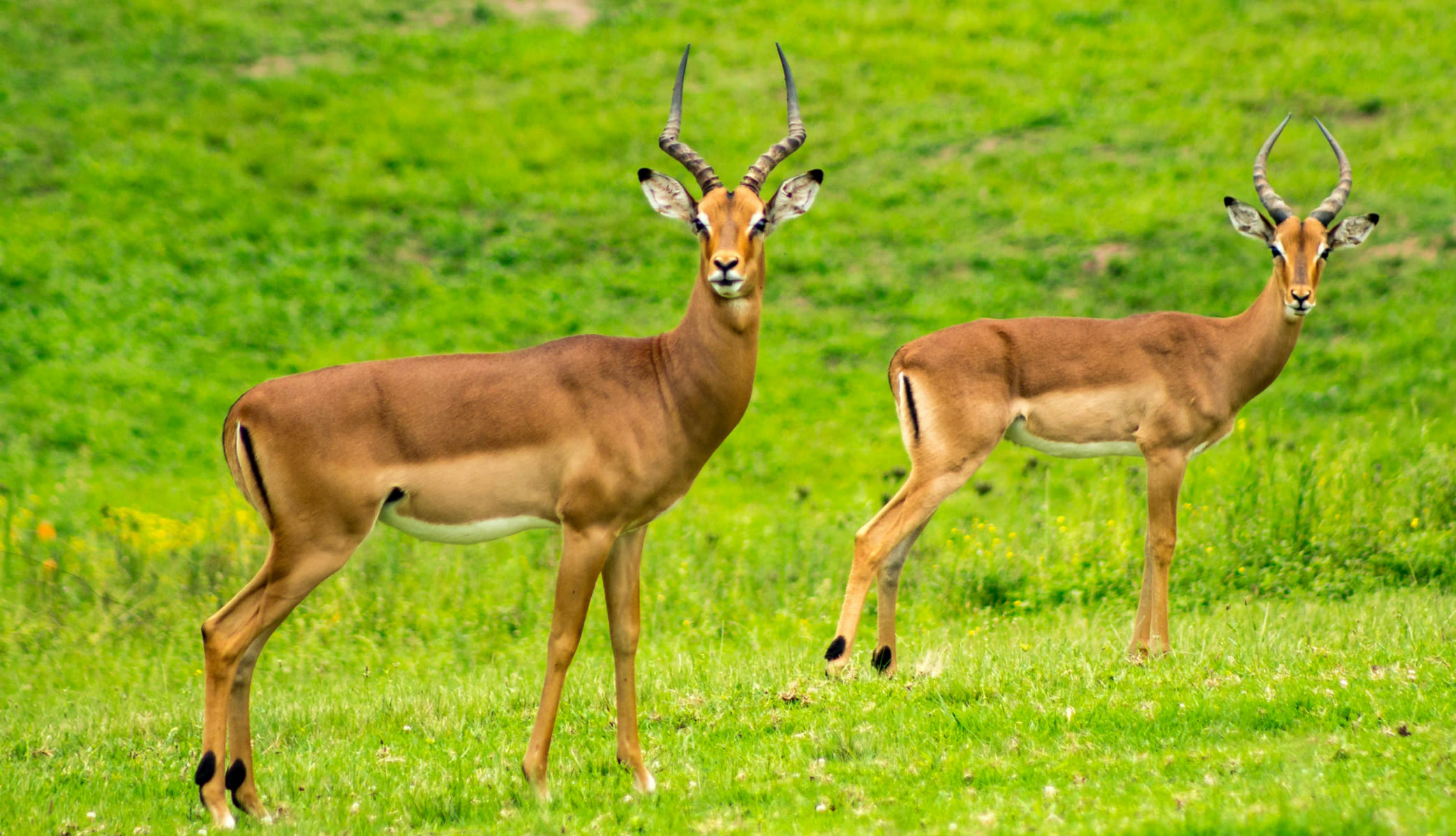Save Us
Tigers: The Stealthy Hunters of the Jungle
Tigers are masterful hunters, relying on their stealth and strength to capture prey. Their ability to move silently through dense forests is a testament to their evolutionary prowess. Protecting their habitats ensures that these skilled predators continue to thrive in the wild.
Every animal in an ecosystem plays a role in maintaining balance. Herbivores graze, predators hunt, and decomposers break down organic matter, ensuring that nutrients are recycled and energy flows through the food web. Disrupting one part of this balance can have far-reaching consequences for the entire system.










